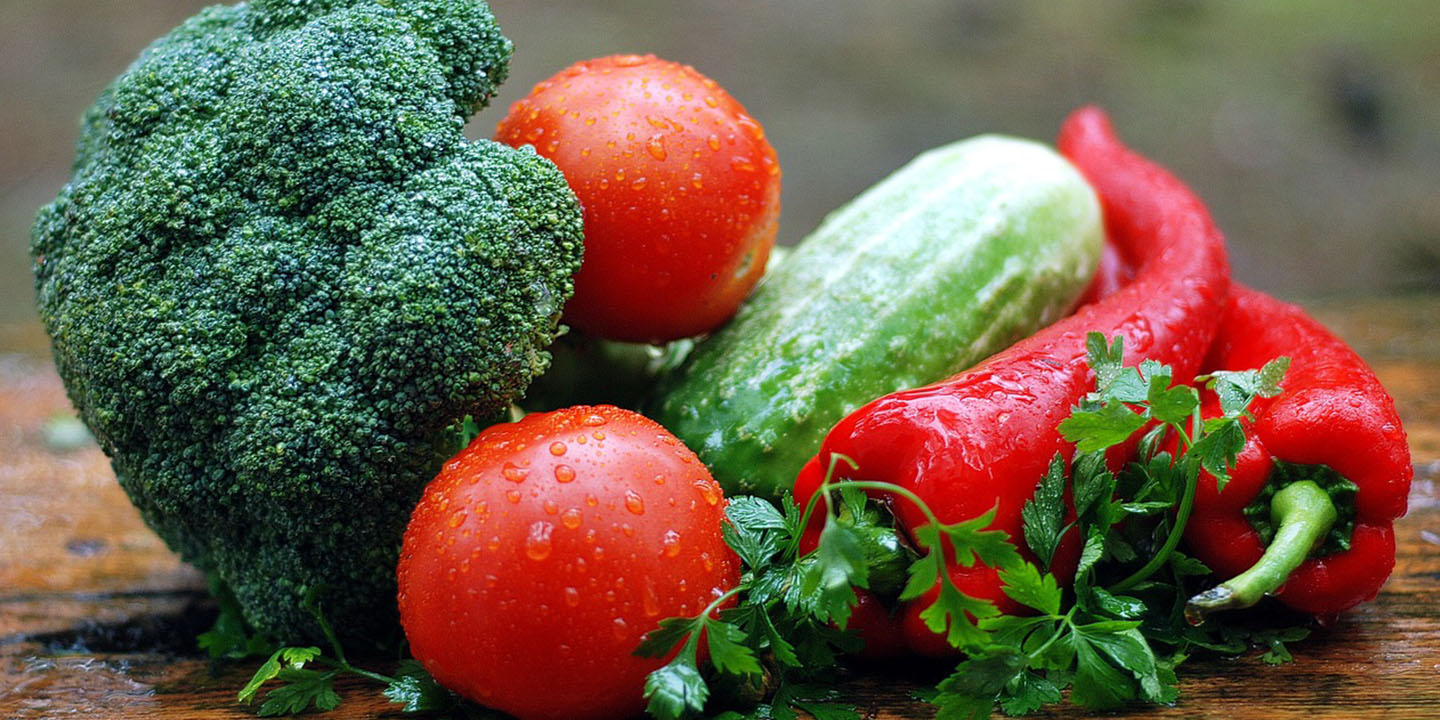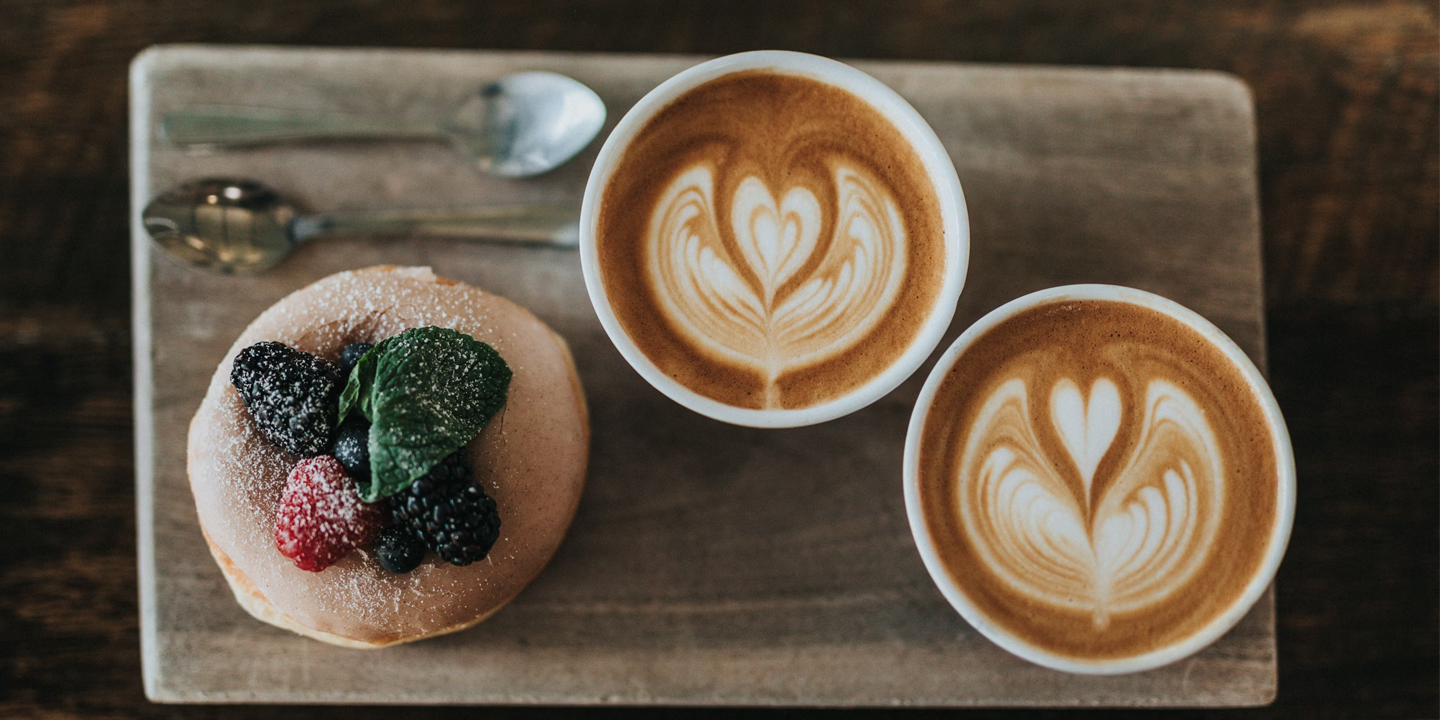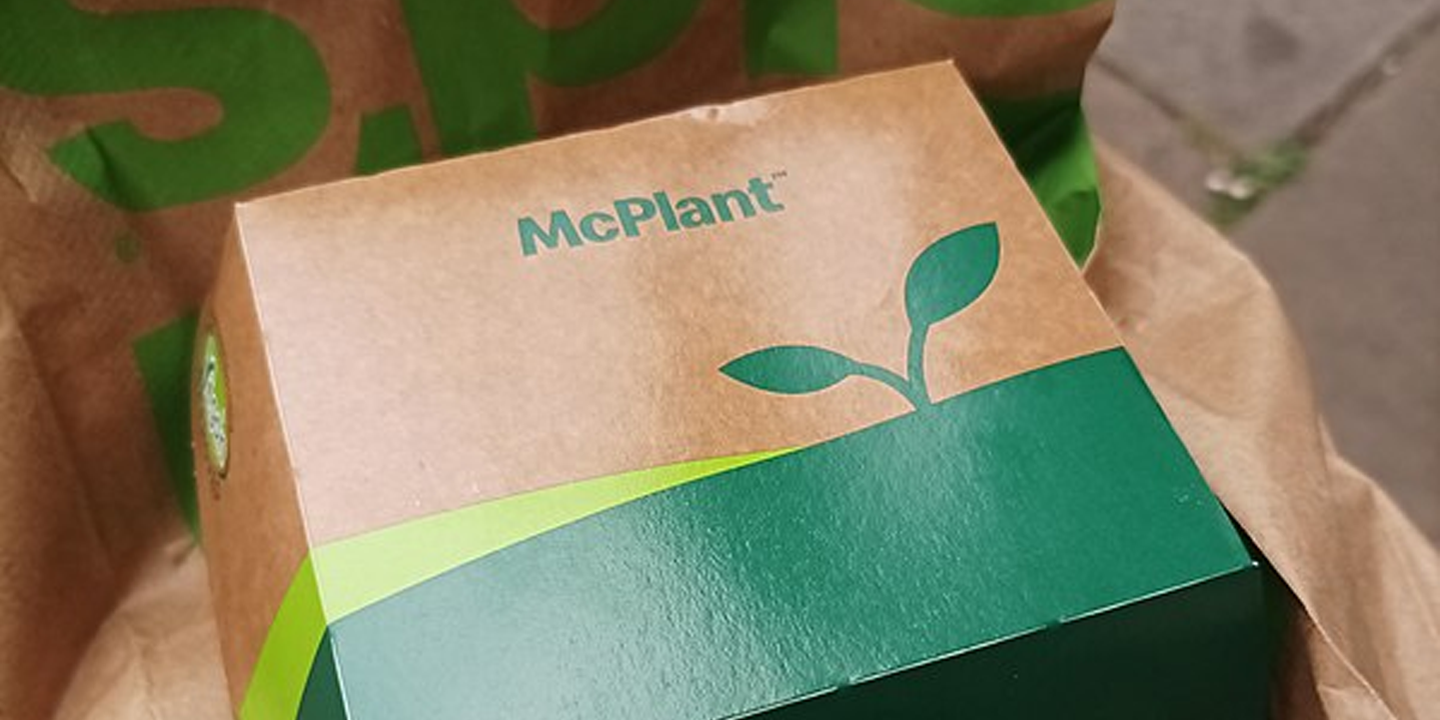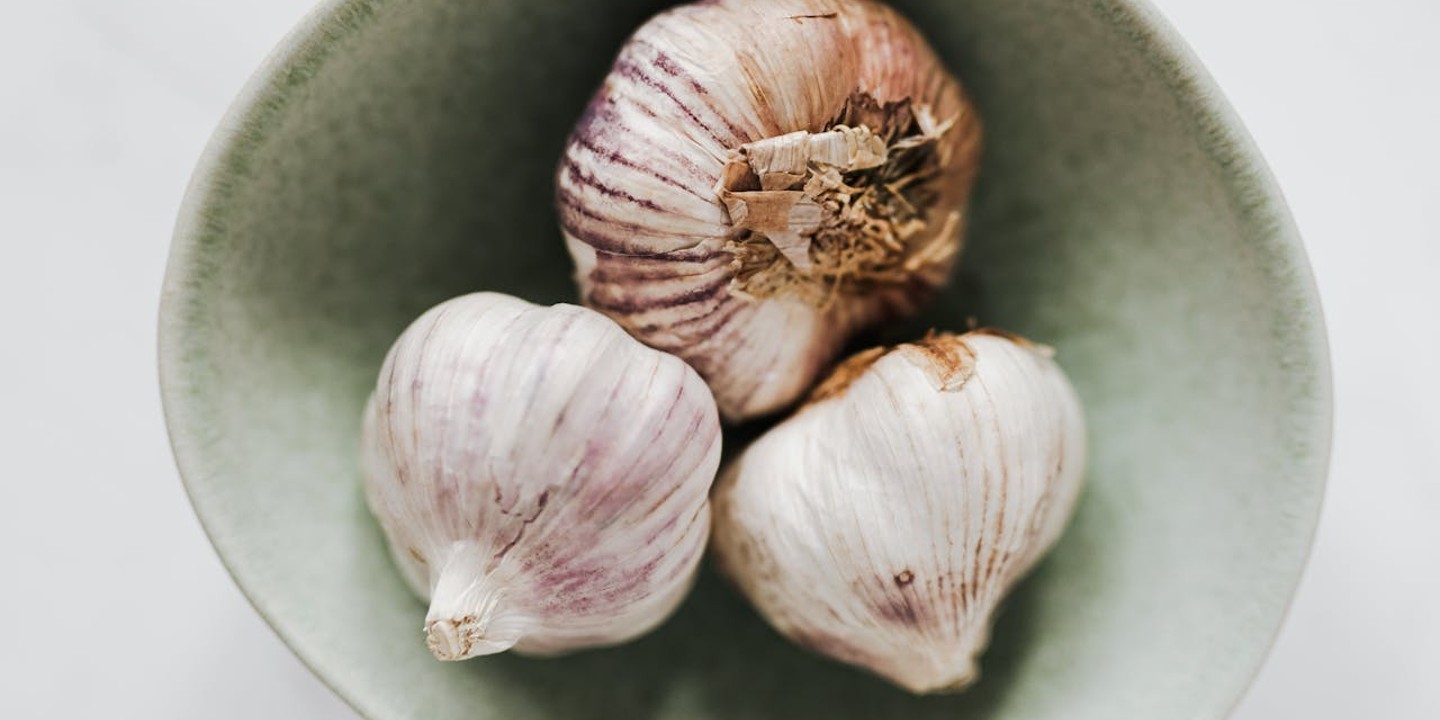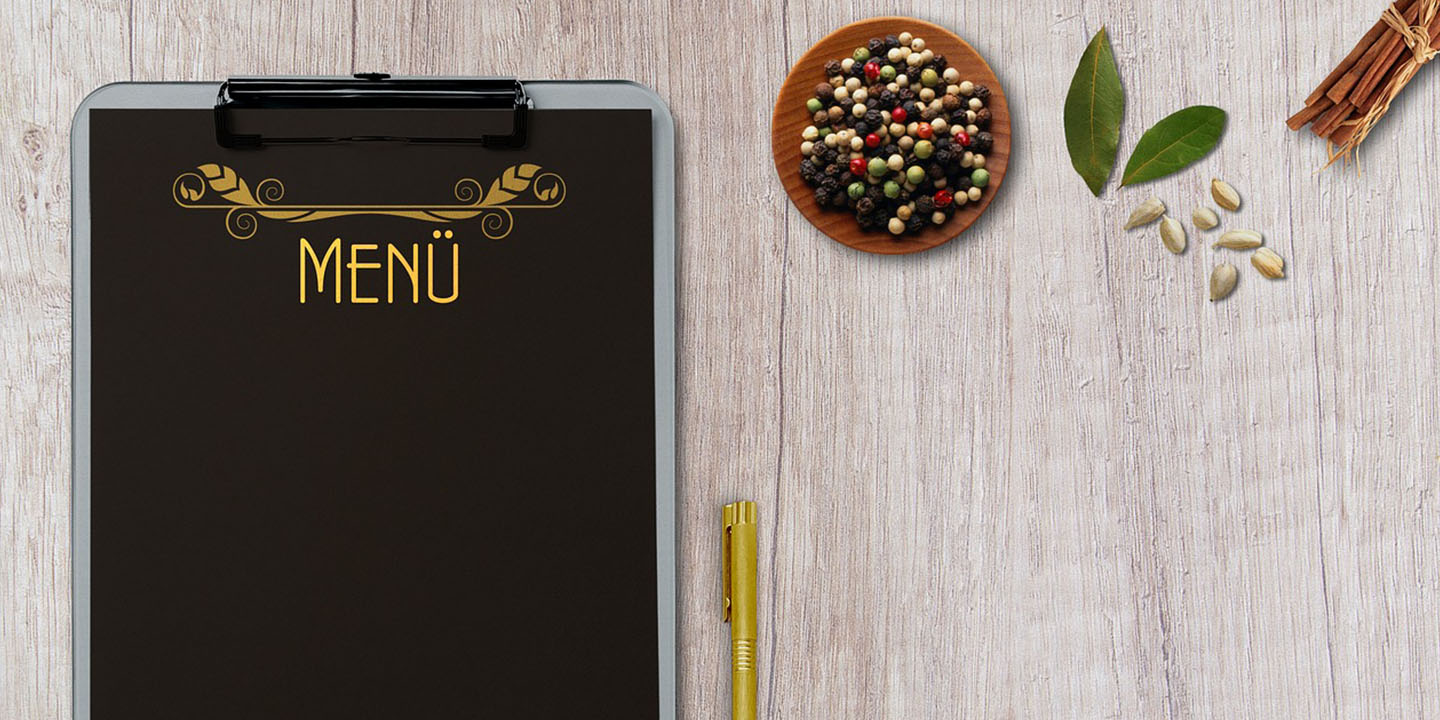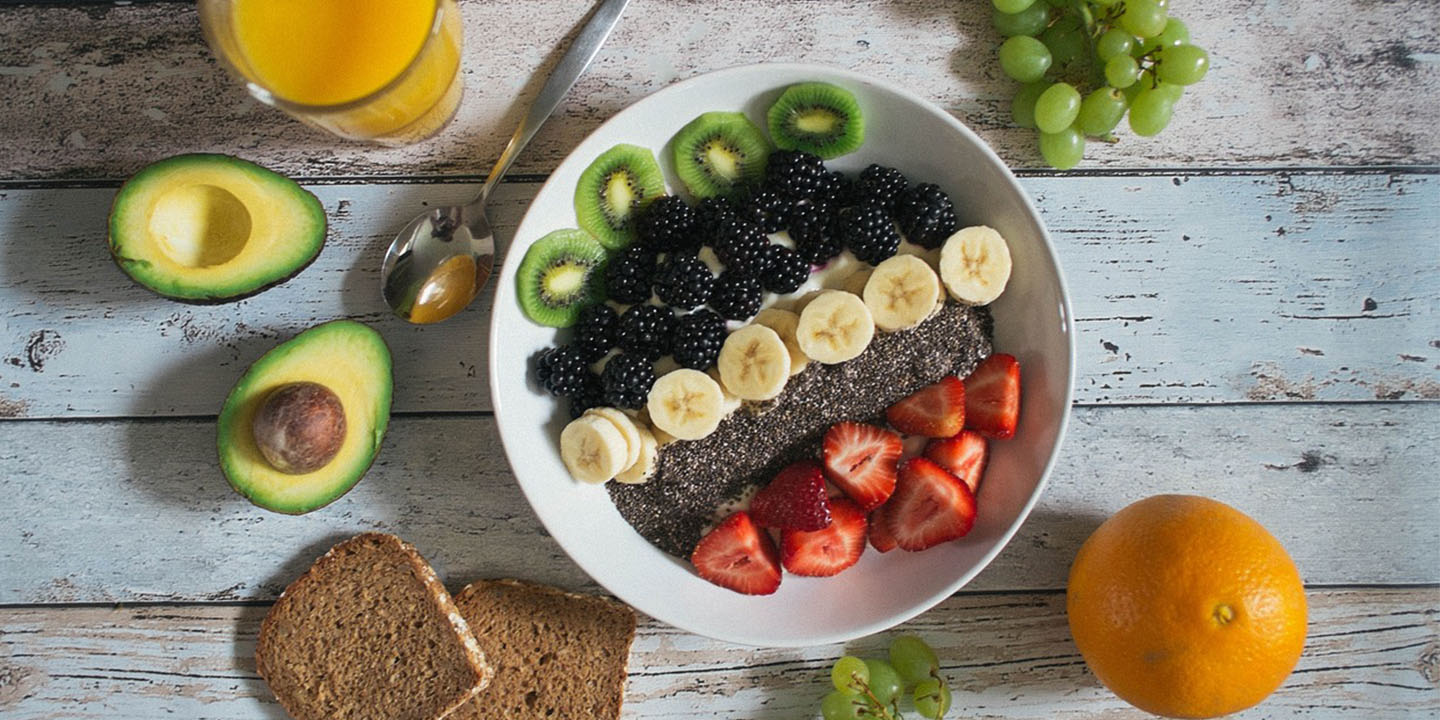10 Grilling Mistakes To Stop Making & 10 Tips To Make You A BBQ Master
Sizzle Smarter This Summer
Barbecuing feels simple until you realize how many small decisions can either make or break your entire meal. Heat, timing, even how you handle the lid—it all matters more than you think. These often overlooked errors can —and your entire evening—before you know it! Luckily, the fixes aren’t complicated, and once you learn them, grilling starts to feel more like a craft than a chore. So, to begin with, let’s look at 10 avoidable slip-ups.
1. Skipping Preheat Time
You throw a steak onto a cold grill and watch it stick mercilessly to the grates. This mistake ruins countless meals because grills need at least 10–15 minutes to reach proper cooking temperature. Without even heat, your meat fails to develop that coveted sear.
2. Using Lighter Fluid
Research from ACS Omega shows that lighter fluid leaves trace hydrocarbons in your food. Even when you wait for the fluid to burn off, traces can linger and negatively affect the flavor of your meat and vegetables. Hence, experts recommend using charcoal chimney starters.
3. Wrong Meat Temperature
The USDA sets clear guidelines: 145°F for steaks and 165°F for poultry. However, most people cook meat straight from the fridge, which causes uneven doneness. This makes it riskier since parts of the meat may not reach the required internal temperature uniformly.
4. Flipping Meat Constantly
That beautiful crust formation and caramelization you crave? Constant flipping destroys it completely. Most cuts of meat require just one flip during the entire cooking process. Grill marks form best when you resist the urge to constantly check and move your food.
5. Using Dirty Grates
Dirty grates harbor grease, food debris, and charred residue, which develop a breeding ground for bacteria, viruses, mold, and toxins. Carbon buildup doesn't just look disgusting. Instead, it actively poisons the taste of fresh food with bitter, acrid flavors.
6. Overcrowding The Grill
That sizzling sound disappears when you cram too much stuff onto your grill surface. This move drops the overall temperature, turning what should be a high-heat searing session into a disappointing steam bath. You are left with soggy results rather than crispy exteriors.
7. Ignoring Rest Time
Cutting into meat immediately after grilling is culinary vandalism that wastes all your hard work. This impatience leads to juice loss as liquids haven't had time to redistribute properly throughout the meat. Steaks continue cooking 5–10°F off the heat through carryover cooking.
8. Pressing Burgers Down
Every time you press that spatula down, you're literally squeezing the life out of your burger. Meat naturally shrinks by 25% during cooking due to water loss—pressing just accelerates this process unnecessarily. Moisture loss directly reduces both tenderness and flavor.
9. Wrong Wood Choice
Softwoods like pine release harmful resin fumes that can make your family sick from toxic smoke. Mesquite burns hot and fast, while oak provides slow, steady heat. Remember, wrong choices negatively affect your cooking timing. Mixing different woods also develops layered smoke profiles.
10. Sauce Too Early
Applying barbecue sauce too early is another common grilling mistake, especially with sauces that contain sugar. If you add sauce at the start or midway through grilling at high temperatures, the sugars will caramelize too quickly and burn. This brings in a bitter taste.
Time to enhance your grilling game with some strategies that actually work.
1. Choose The Right Cuts
Not every cut is meant for the grill. Steaks like ribeye, strip, or sirloin cook beautifully over intense heat. But tougher cuts, such as brisket or ribs, shine with slow smoking. Chicken thighs, salmon, and pork chops also hold flavor well.
2. Oil Food, Not Grate
Oils such as canola withstand grilling temperatures far better than delicate varieties. This prevents food from sticking completely. When you oil food directly, it creates a protective barrier that works more effectively than greasing grates. Olive oil smokes at just 375°F.
3. Season Generously Early
Salt penetrates deep into meat fibers to enhance the flavor from the inside out when appropriately applied. Seasoning 40 minutes before grilling tends to improve tenderness because of natural enzymatic processes. Also, dry brining works far better than wet brining for steaks.
4. Master Two-Zone Heat
Pitmasters use this method to cook ribs low and slow. As a result, you get tender meat that falls off the bone. Direct heat sears surfaces while indirect heat cooks thick cuts through. This technique prevents charring and ensures proper internal doneness.
5. Use A Meat Thermometer
Bluetooth-enabled thermometers now connect directly to smartphones. This eliminates guesswork completely from the grilling process. Rare steak reaches 125°F, medium hits 145°F. Additionally, well-done requires 160°F or higher for safety. These devices reduce the anxiety of cutting into expensive cuts.
 U.S. Air Force photo by Airman 1st Class Zachary Kee on Wikimedia
U.S. Air Force photo by Airman 1st Class Zachary Kee on Wikimedia
6. Keep Lid Closed
Weber grills took inspiration from buoy lid design, proving that containment matters more than observation. Heat and smoke stay trapped where they belong, cooking food evenly from all angles. Opening frequently tends to drop the grill temperature by 25 degrees or more.
7. Restock Coals Properly
Note that fresh coals need to be added every 45 minutes during extended cooking sessions to maintain consistent heat levels. The snake method arranges coals in a half circle, providing hours of steady temperature without constant attention. Temperature fluctuations wreck expensive briskets.
8. Add Smoke Chips Smartly
Did you know that Jack Daniel's sells smoke chips made from actual whiskey barrels? Chips burn quickly while chunks provide longer-lasting smoke for extended cooking sessions. Some recommend soaking chips in water for 20–30 minutes to slow their burn and prolong smoke output.
9. Experiment With Methods
Experimenting with different cooking methods on the grill can uplift your BBQ game and expand your flavor and texture options. You can try grill-braising, where you cook meat or vegetables in a covered pot on the grill with some liquid for slow, tenderizing heat.
10. Use The Right Tools
Always make use of long, sturdy tongs with a good grip to handle and turn food without piercing it. Avoid forks that can puncture meat and cause juices to escape, leading to dry results. Also, utilize a silicone or natural-bristle brush for applying sauces.






















